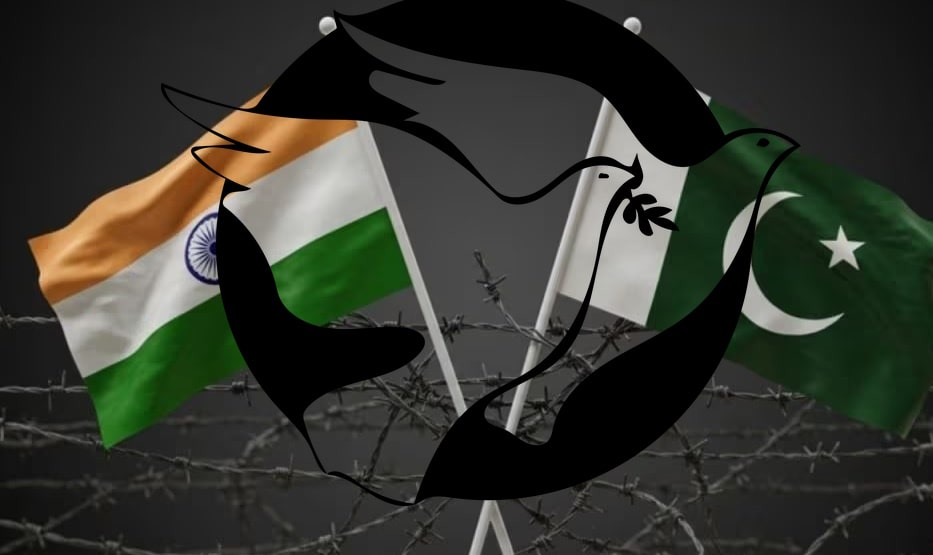
A Tense Standoff Eases
In a significant diplomatic breakthrough, U.S. President Donald Trump announced on May 10, 2025, that India and Pakistan have agreed to a full and immediate ceasefire following intense overnight negotiations mediated by the United States. President Trump expressed his satisfaction, stating, “Congratulations to both countries on using common sense and great intelligence.” While official confirmations from both nations are pending, this development marks a pivotal moment in the longstanding tensions between the two nuclear-armed neighbours.
The Escalation That Led to Ceasefire
The recent escalation began on April 22, 2025, when a deadly attack in Pahalgam, Indian-administered Kashmir, resulted in the deaths of 26 tourists. India attributed the attack to insurgents based in Pakistan, leading to the suspension of the 1960 Indus Waters Treaty and heightened military activities along the Line of Control (LoC). In retaliation, Pakistan launched “Operation Bunyan ul Marsoos,” targeting Indian military installations. The ensuing weeks saw missile and drone exchanges, resulting in civilian casualties and raising fears of a full-scale war.
U.S. Mediation Efforts
Recognizing the potential for catastrophic consequences, the United States intervened diplomatically. Secretary of State Marco Rubio and Vice President JD Vance engaged in intensive talks with Indian Prime Minister Narendra Modi and Pakistani Prime Minister Shehbaz Sharif. Their efforts culminated in the ceasefire agreement, with both leaders committing to de-escalation and future dialogue.
Details of the Ceasefire Agreement
Under the terms of the ceasefire, both nations have agreed to halt military actions across all domains – land, air, and sea. Indian and Pakistani military officials are scheduled to resume discussions on May 12 to address core issues and concerns. Pakistan has reopened its airspace, while India has maintained certain restrictions on military and Pakistani aircraft until May 23. India has also indicated that the suspension of the Indus Waters Treaty remains in effect.
International Reactions
The international community has largely welcomed the ceasefire. The United Nations hailed the agreement as a “set example” for conflict resolution, emphasizing the importance of dialogue and diplomacy. Similarly, the European Union, the G-7 nations, and China have expressed support for the de-escalation efforts and urged both countries to maintain peace.
Looking Ahead
While the ceasefire is a positive development, challenges remain. The underlying issues, including the status of Kashmir and water-sharing agreements, continue to be sources of tension. The upcoming military talks on May 12 will be crucial in determining the future trajectory of India-Pakistan relations. Both nations have emphasized their commitment to peace while asserting their national interests, indicating that the path forward will require careful diplomacy and mutual understanding.
In conclusion, the agreement between India and Pakistan to cease hostilities represents a significant step towards regional stability. The role of U.S. mediation underscores the importance of international cooperation in resolving conflicts. As both nations embark on this new phase of dialogue, the world watches closely, hopeful that this ceasefire will pave the way for lasting peace in South Asia.



































Leave a Reply